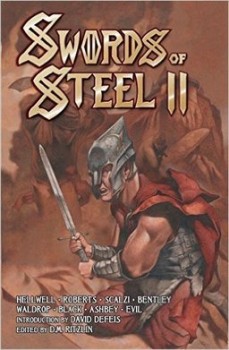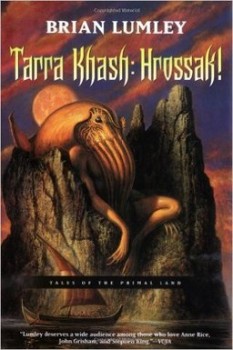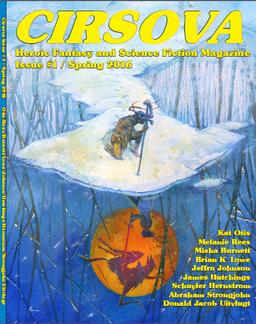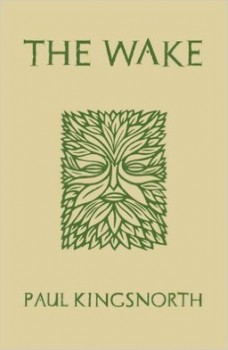Captain Alatriste by Arturo Pérez-Reverte
Was once a captain,
the story goes,
who led me in battle,
though in death’s throes.
Oh, senores! What an apt man
was that brave captain.
— E. Marquina, The Sun Has Set in Flanders
Spain’s Golden Age ran from roughly 1492, the final year of the Reconquista, until 1659 and the signing of the Treaty of the Pyrenees with France. During that period seemingly endless rivers of gold and silver from the kingdom’s colonies around the world flowed into its coffers. The disciplined soldiers of her vaunted tercios (commands of about 3,000 men) were respected and feared across Europe. Great cathedrals and palaces were built and painting and literature flourished as never before.
But a rot had set in, unseen by many, by the early 17th century. Inflation, corruption, expulsions of Jews and Moors, and endless wars would render Spain a mortally wounded empire that would slowly wither away over the subsequent two centuries. In 1623, though, Madrid is a glorious city of poets and dashing swordsmen. One of the greatest of the latter is Diego Alatriste y Tenorio, the hero of Captain Alatriste (1996) by Arturo Pérez-Reverte. It’s been a while since I reviewed a historical adventure, so I decided to dive into the first book in this still-running series.
Disappointed with the lack of information about the Golden Age in his daughter’s textbooks, Pérez-Reverte took it upon himself to write a book exploring that dramatic period. His most obvious inspiration were the swashbuckling historical romances of Alexandre Dumas. Undoubtedly influenced by two decades as a war correspondent, his exposure to the darkness of combat also permeates Captain Alatriste.
Alatriste is a veteran of years of conflict with Spain’s recalcitrant subjects in the Netherlands and the Turks, having run away as a drummer boy at the age of 13. Now, some thirty-odd years later, the recently ended truce with the Netherlands has brought him back to Madrid. Struggling to make a living with the only skills he posseses, Alatriste sells his sword and strong arm to whomever will pay. In the past he has been hired to kill one man’s rival at court, and the lover of another’s wife. In this novel, the first of seven to date, he and the Italian swordman, Gualterio Malatesta, are hired to waylay and rob two men. Initially told not to hurt the strangers too badly, they are later given conflicting orders to, in fact, kill them. During the attack Alatriste comes to believe things are not as simple as they seem, as well as being struck by the honor of one of his two intended victims. The rest of the novel involves the fallout from Alatriste’s decision to prevent the men’s deaths, as powerful men at the center of the Empire’s complex and corrupt power structure turn their attention to the veteran sell-sword. And that’s it. That’s pretty much the plot of Captain Alatriste.


